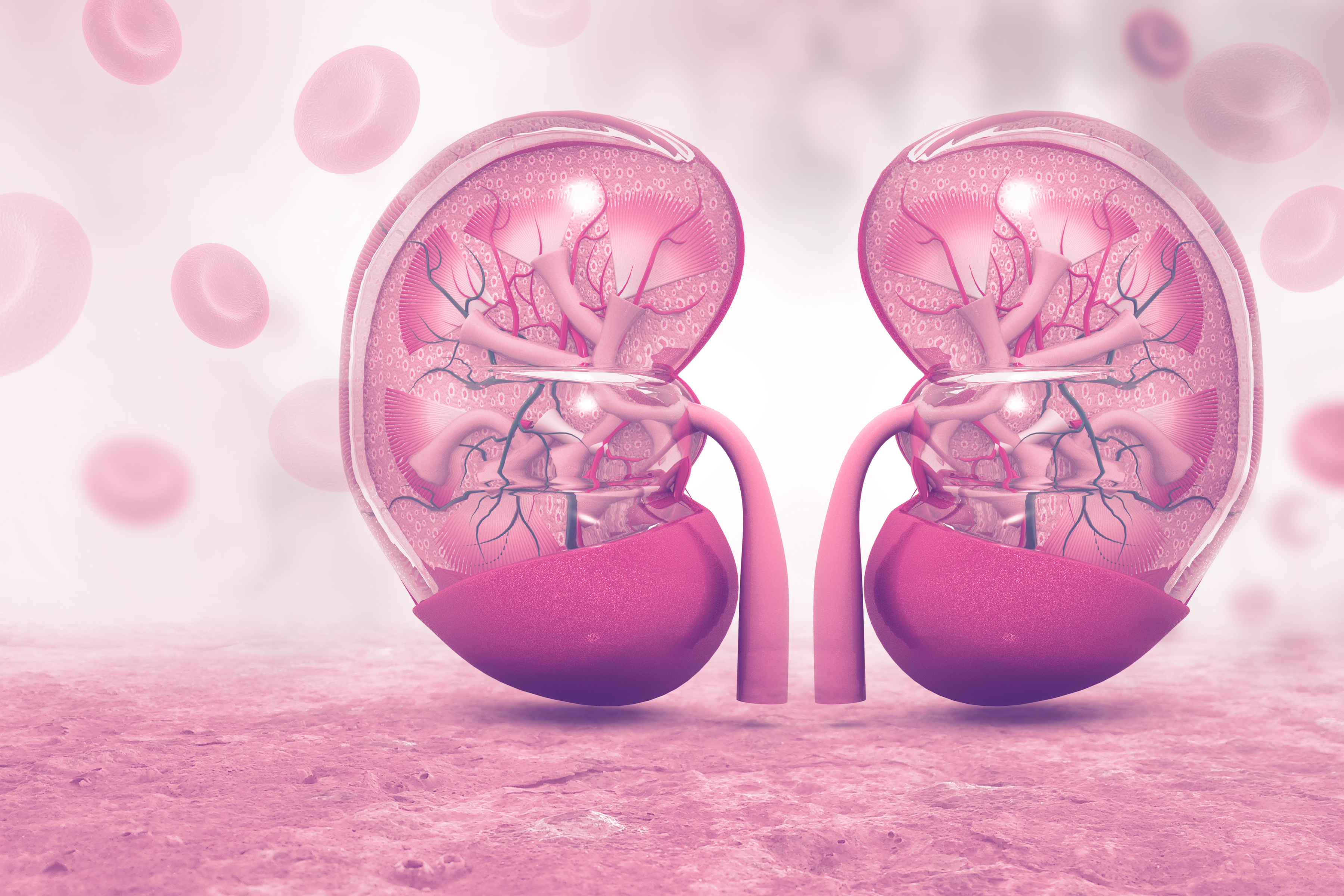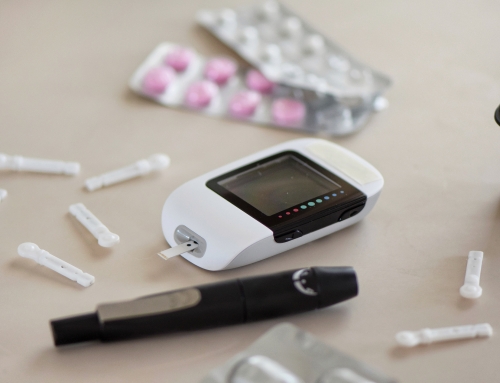Anemia and Kidney Disease
Anemia can make you feel weak, tired, and short of breath. You may also have headaches and trouble sleeping. You may also experience a loss of appetite and a more rapid heart rate.
Anemia (uh-NEE-me-eh) comes from the Greek work that means “without blood”. Anemia is common in people with chronic kidney disease (CKD)
When kidneys are healthy, they make a hormone called erythropoietin, or EPO. This hormone helps the bone marrow to produce the amount of red blood cells (RBC) that the body needs to carry oxygen to vital organs. When the kidneys are damaged, they often do not make enough EPO. As a result, the bone marrow makes too few red blood cells.
Anemia often develops in the early stages of kidney disease and gets worse as kidney disease progresses.
Hemoglobin
Hemoglobin (Hgb) is the protein in red blood cells that carries oxygen from the lungs to the cells of the body.
The test for Hgb is usually part of a blood test called a Complete Blood Count or CBC. Hgb volume in the blood is measured in grams (gm) per deciliter (dL). Ranges for healthy individuals who do not have CKD can vary by age and gender, for an adult male the range is 14-18 gm/dL, an adult woman 12-16 gm/dL.
The Food and Drug Administration has recommended that a person with chronic kidney disease who has a low Hgb, most likely has anemia caused by decreased EPO production. Hgb levels can also be affected by the amount of iron in the body.
Treating Anemia
For individuals with CKD it is important to treat anemia because there are many risks to having low hemoglobin levels. Treating anemia can also ease many of the common symptoms so that you feel better. The most common treatment for anemia in people with CKD is Erythropoiesis Stimulating Agents (ESAs). These are often prescribed for patients with CKD if your anemia is caused by not having enough EPO in the body. ESAs are usually injected under the skin or given intravenously during hemodialysis.
These medications work by stimulating bone marrow to product RBC’s, but some studies have indicated there may also increased risks for heart attack or failure, blood clots, and strokes.
Studies have also shown that ESAs can increase the risk of tumor growth and shorten survival in patients with cancer who use these products. This is why the Food and Drug Administration recommends that ESAs only be used to achieve Hgb levels between 10g/dl and 12g/dl. People who are receiving treatment with ESAs should have regular lab testing done to help you and your doctor make informed decisions about the appropriate hemoglobin range for you and lower the risks of using these drugs. You should keep track of and tell your doctor how you feel at different hemoglobin levels. If you have concerns about your anemia and ESAs, you should make a list of these concerns and questions and discuss them with your doctor.
Iron
For many people with kidney disease, iron supplements have an important role in improving your anemia. If a person’s iron levels are too low, ESAs may not help and you may continue to experience the effects of anemia. A lab test for the ferritin level will measure how much iron is stored in the body. The ferritin score should be no less than 100 or more than 800 micrograms per liter (mcg/L). Another test called TSAT, or transferrin saturation, shows how much iron is available to make red blood cells. The TSAT score should be between 20 and 50 percent. Some people can take an iron pill, but people with kidney failure may need to get iron through an injection or their hemodialysis tubing.
Other causes of anemia in kidney disease
It is important to know that other factors can also be causing your anemia. There are tests that your doctor should run to determine what is causing your anemia.
For some people, supplements of vitamin B12 and folic acid may be needed. Other causes such as inflammatory conditions or sickle cell will need to be investigated if anemia is not caused by lack of EPO, low iron, B12 or folic acid levels.
What can I do to improve my anemia?
Eating a healthy diet can help treat and even prevent anemia. Your body absorbs iron best from meats such as beef and fish. Eating certain vegetables can help you get even more iron out of these foods. Foods high in vitamin C can help your body absorb iron better.
Some foods including coffee, tea, egg whites, and milk block the absorption of iron. Foods high in fiber and proteins made from soy can also affect how well we can absorb iron. Try to avoid these when eating foods rich in iron.
Be your own advocate
People who have both anemia and kidney disease are at higher risk for stroke, heart failure, and even death. Diabetes raises the risk of this risk even higher. While your kidney care team is responsible for providing you with the care you need, it is up to you to follow through with treatments, take medicines as they are ordered and eat a balanced diet. You are the only one who knows how you feel and what questions you have. Ask questions, share any concerns you may have and make sure that you understand all of the care you are receiving. Know what your lab results mean and how often you should have them, what foods you should eat, understand all of your medicines including side effects, and ask questions about anything that doesn’t seem right.




